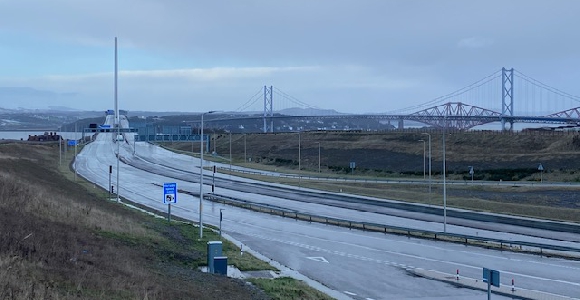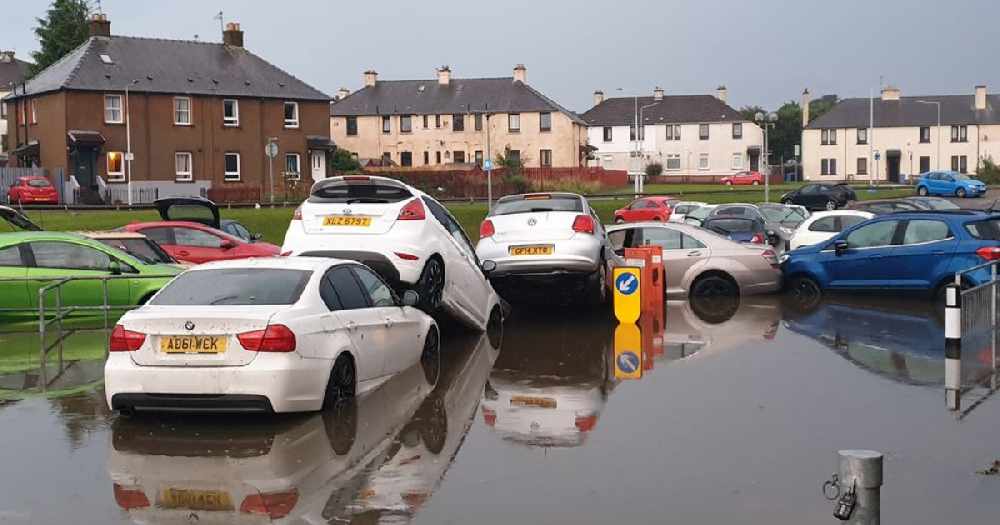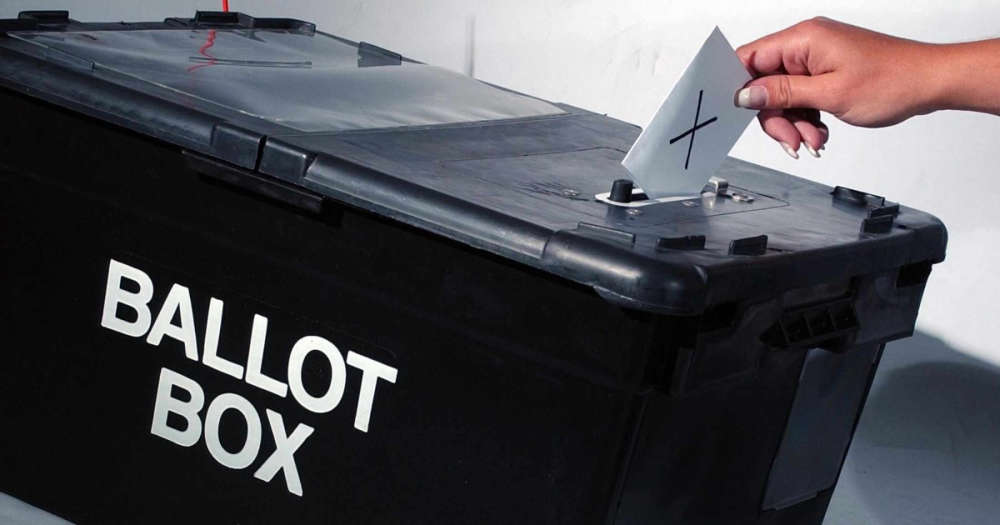
A diversion trial will take place on the Forth Road Bridge a week on Saturday.
Traffic using the M90 will be diverted across the 57-year-old bridge on the night of Saturday 11 December to trial measures designed to speed up the process if the Queensferry Crossing needs to be shut in future.
From 10pm on that night, southbound traffic will be diverted off the motorway at Junction 1B Ferrytoll, before crossing the Ferrytoll Roundabout and joining the Forth Road Bridge via the A9000, which is normally reserved for public transport.
While the diversion is in place, there will be no access to the Ferrytoll Roundabout eastbound from the B981 or westbound from Hope Street, Inverkeithing.
Local traffic will have to access the M90 via Junction 1C Admiralty.
Northbound traffic will be diverted off the motorway at Junction 1A Queensferry, then along the A904 Builyeon Road to join the Forth Road Bridge from the Echline Roundabout.
The Queensferry Crossing will re-open at 6am on Sunday 12 December at the latest.
Chris Tracey, BEAR Scotland’s Unit Bridges Manager for South East Scotland, said: "Earlier this year we trialled a full diversion via Forth Road Bridge using the emergency links north and south of the bridge.
"This proved effective once open, but took over five hours to implement, with traffic diverted via Kincardine in the meantime.
"Last winter’s two closures of the Queensferry Crossing only lasted for a few hours, so there wasn’t time to fully implement this option.
"The purpose of next weekend’s trial is to test how long it takes to implement a diversion using the slip roads on either side of the bridge.
"This would not provide the same capacity but could reduce the need for all traffic to divert via Kincardine if it can be done quickly.
"For longer term closures we would still open the emergency links north and south of the bridge to maximise capacity.
"If this trial proves successful, then further trials and modelling will be required to test the impact on traffic before incorporating it into our procedures.
"We are also investigating other ways of speeding up the diversion process, such as barriers that can be opened automatically."
There will also be laboratory tests this week on potential methods of mitigating against ice accretion on the Queensferry Crossing.
The tests were originally scheduled for October but had to be postponed due to equipment breakdown at the Jules Verne Climatic Wind Tunnel in Nantes, France.
Chris Tracey also said: "This specialised research facility will allow us to recreate the conditions that cause ice accretion and test the impact of cleaning and of specialised coatings and de-icing compounds on a full-size section of Queensferry Crossing cable and a mock-up of the towers.
"There is no existing proven solution for preventing ice accretion, so the team has been carefully reviewing and examining a variety of possible options to determine which are worthy of further research and development.
"A number of options have been ruled out, however some are being taken forward for further investigations, testing and development.
"A peer review panel of international experts has been assembled to assist with this process.
"This is painstaking work, and it has taken until now to reach the stage where we are ready to test possible solutions."
Nine new optical and thermal cameras have been installed on the towers since last winter for the purpose of monitoring ice.
There are three on each tower.
Also installed are an additional nine thermal sensors on the shortest stay cables, to detect subtle changes in surface temperature.
These are in addition to the five clusters of weather sensors installed on the bridge last year and thermal sensors installed during construction as part of the bridge’s structural health monitoring system.
Chris Tracey further added: "Cameras and sensors will not prevent ice accretion; however they will improve our understanding of the issue and give us some early warning when the conditions that cause ice accretion occur.
"They will also help us to confirm forecasts and determine when it is safe to reopen the bridge.
"If conditions conducive to ice accretion are forecast, BEAR Scotland staff will be mobilised to respond quickly.
"Ice monitoring teams will patrol and inspect the bridge and staff in the control room will closely monitor live data from the weather sensors and cameras, in consultation with expert meteorologists.
"We will close the bridge and divert the traffic if ice formations are observed on the tower or cables, or witnessed falling onto the carriageway.
"We don’t know when the next ice accretion event will occur, but road users can be assured that we are exploring every option for mitigating this risk and reducing the disruption caused if the Queensferry Crossing does need to close."


 Applications open for flood protection grants
Applications open for flood protection grants
 Dougray Scott to headline Adam Smith Festival
Dougray Scott to headline Adam Smith Festival
 Voter ID awareness campaign launched
Voter ID awareness campaign launched
 9°C
9°C